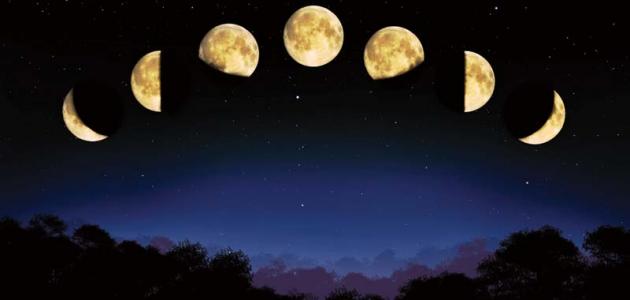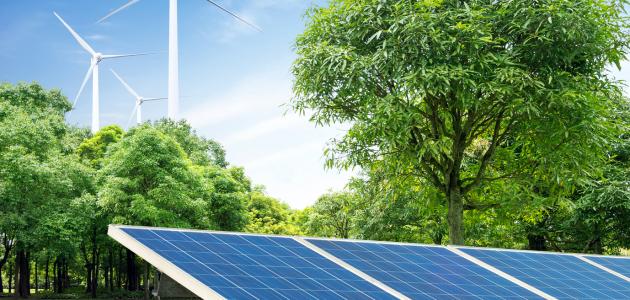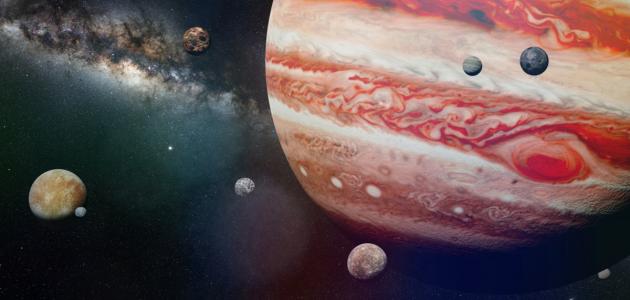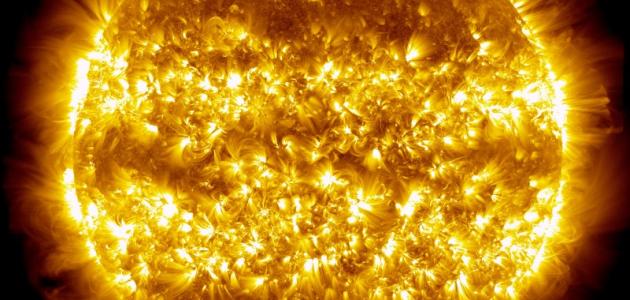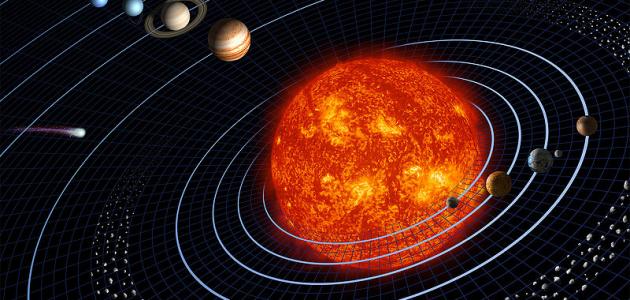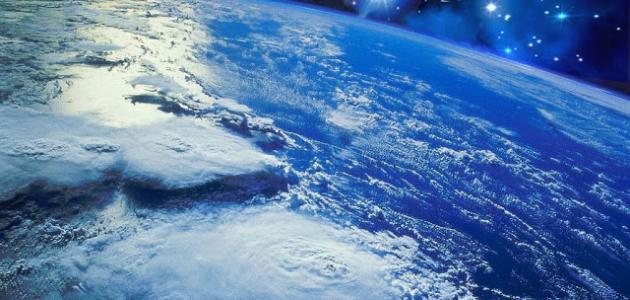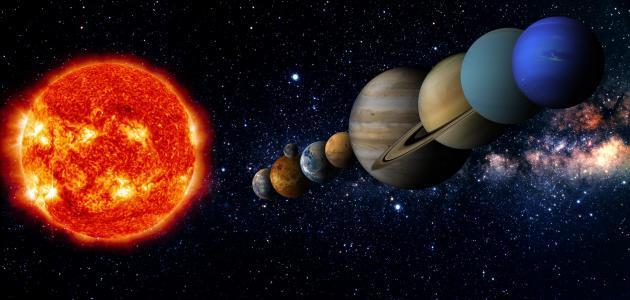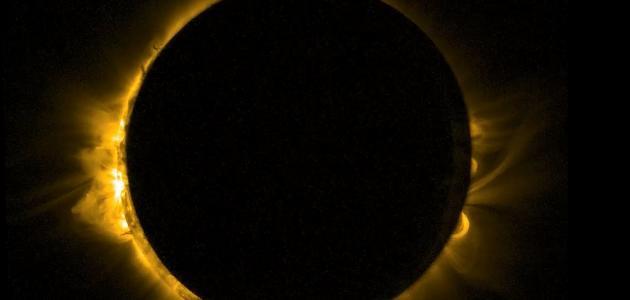Physical properties of the moon
The physical characteristics of the Moon can be summarized according to the following table:
| Property | Amount |
|---|---|
| Bloc | 0.07346 × 1024 kg |
| Density | 3344 kg/m3 |
| gravity | 1.62 m/s2 |
| radius | 1738.1 KM |
| Average orbital velocity | 1.022 km/s |
| Size | 21,968,000,000 KM3 |
| Maximum temperature | 127°C |
| Minimum temperature | -173°C |
Moon's surface terrain
The moon's topography arose as a result of the collision of asteroids, meteorites, and comets with its surface, which resulted in the formation of many craters and craters on it, including Tycho Crater. Over time, this led to the surface of the moon being covered with a group of fragments of different sizes from large rocks. , gray-colored pebbles, and dust, forming what is called lunar rocky debris (in English: Lunar regolith).
Read also:How is the crescent formed?The surface of the moon consists of light-colored areas (in English: Highlands) that represent the primary crust of the moon, and is composed of anorthosite rocks, in addition to dark areas called maria (in English: Maria), which represents the crystallized magma inside the craters, and therefore some of the largest craters on the surface of the moon are distinguished by With a ring of white mountains around it, and a floor of dark basalt inside it, the surface of the moon has two halves that are not identical in their characteristics and nature, as the side of the moon that is near and facing the Earth consists of both light and dark areas, while the other side of the moon that is far away and cannot be seen from the Earth does not contain Any dark areas.
The rocks that make up the moon
Moon rocks are classified into the following groups:
- Basalt volcanic rocks formed from lava flows, and pyroclastic rocks.
- Original light rocks with a lunar composition that are not mixed with other compositions.
- Breccias resulting from mixing and reshaping the debris of the moon's surface, then melting it as a result of meteorites colliding with it.
- Soil that is composed of debris and remains of all previous types of rocks, with a particle size of less than 1 cm.
The structure of the inner moon and its components
The moon consists of 3 layers:
- Dandruff: (English: Crust), its thickness ranges between 70-150 km, and it consists of oxygen, silicon, magnesium, iron, calcium, and aluminum, with small amounts of titanium, uranium, thorium, potassium, and hydrogen.
- the curtain: Mantle extends from the bottom of the crust to the top of the partially molten layer, and consists of a number of minerals, including: olivine and pyroxene, which consists of magnesium, iron, silicon, and oxygen atoms.
- Pulp: (English: Core): The radius of the solid, iron-rich inner core is 240 km, and it is surrounded by a crust of liquid iron 90 km thick. This core is surrounded by a partially molten layer with a thickness of 150 km. The core of the Moon is relatively smaller than the cores of other rocky celestial bodies.
Moon overview
The Moon is the largest celestial body visible in the Earth's night sky. It arose from the collision of a body with the Earth about 4.5 billion years ago. It is 3.7 times smaller in size than the Earth. The Moon revolves around its axis in a period of approximately 27 days, and it revolves around the Earth relative to... To the stars in a period of 27.322 days, while it revolves around the Earth in relation to the sun every 29.5 days. The Moon’s orbit around the Earth takes an oval shape and deviates by a value equivalent to 6.68 degrees. It also tilts towards the Earth’s equator by an amount ranging between 18.28-28.58 degrees, and its closest distance is The moon is 363,300 km from the Earth, and the furthest distance is 405,500 km.
Read also:How many moons does the planet Mars have